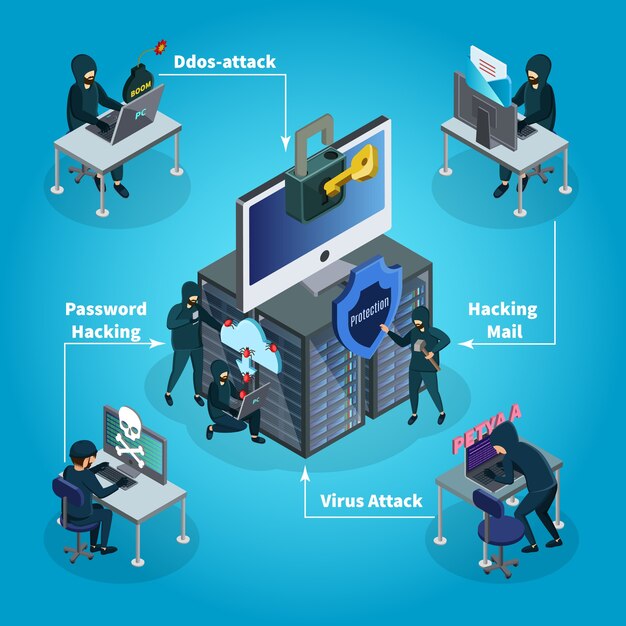Cyberterrorism is on the rise, and this includes phishing attacks. According to a recent report from Verizon, 90% of all data breaches are linked to phishing attacks. With the average cost of a successful phishing attack for a medium-sized business totalling $1.6 million, it is critical to ensure employees are educated on how to identify these scams before they cause catastrophic damage.
Phishing is defined by the Federal Trade Commission (FTC) as a type of fraudulent communication that targets individuals and organizations by sending an email or text appearing to be from a well-known source. Cybercriminals use phishing attacks in an attempt to gain sensitive personal information such as passwords, account numbers, credit card information, or social security numbers. Phishing emails typically include a malicious attachment or link, and evidence suggests that 93% of all phishing emails contain ransomware.
So how can you protect your organization against this cyberthreat? MedSafe suggests four helpful ways to reduce your threat against cyberterrorism.
- Email filters- Although this alone will not ensure your organization’s safety, an email filter can help prevent spam and other junk emails that may contain malicious links and attachments.
- Current Antivirus Protection- A current antivirus software will not only be effective in helping to protect an organization from phishing attacks, but it is also an invaluable defense against many types of dangerous threats.
- VPNs – A Virtual Private Network (VPN) is a technology used to securely connect to the internet and protect data by sending it via an encrypted tunnel. It is vital for maintaining security and privacy online.
- Employee Education- “To err is human.” Ultimately, human error represents the most significant risk to any organization’s cyberterrorism defense. Without adequate training, an organization’s entire network is at risk, which is why it is critical to provide thorough and ongoing training to educate employees on the risks of cyberterrorism and how to identify phishing scams.
If someone in your organization has received a phishing email or text message, report it. The information you provide can help fight cybercrime.
Step 1. If you received a phishing email, forward it to the Anti-Phishing Working Group at reportphishing@apwg.org. If you got a phishing text message, forward it to SPAM (7726).
Step 2. Report the phishing attack to the FTC at ftc.gov/complaint.
MedSafe is the nation’s leading one-stop resource for outsourced safety, training, and health compliance solutions.
Toll-free: (888) MED-SAFE
References:

Leave a Reply
You must be logged in to post a comment.